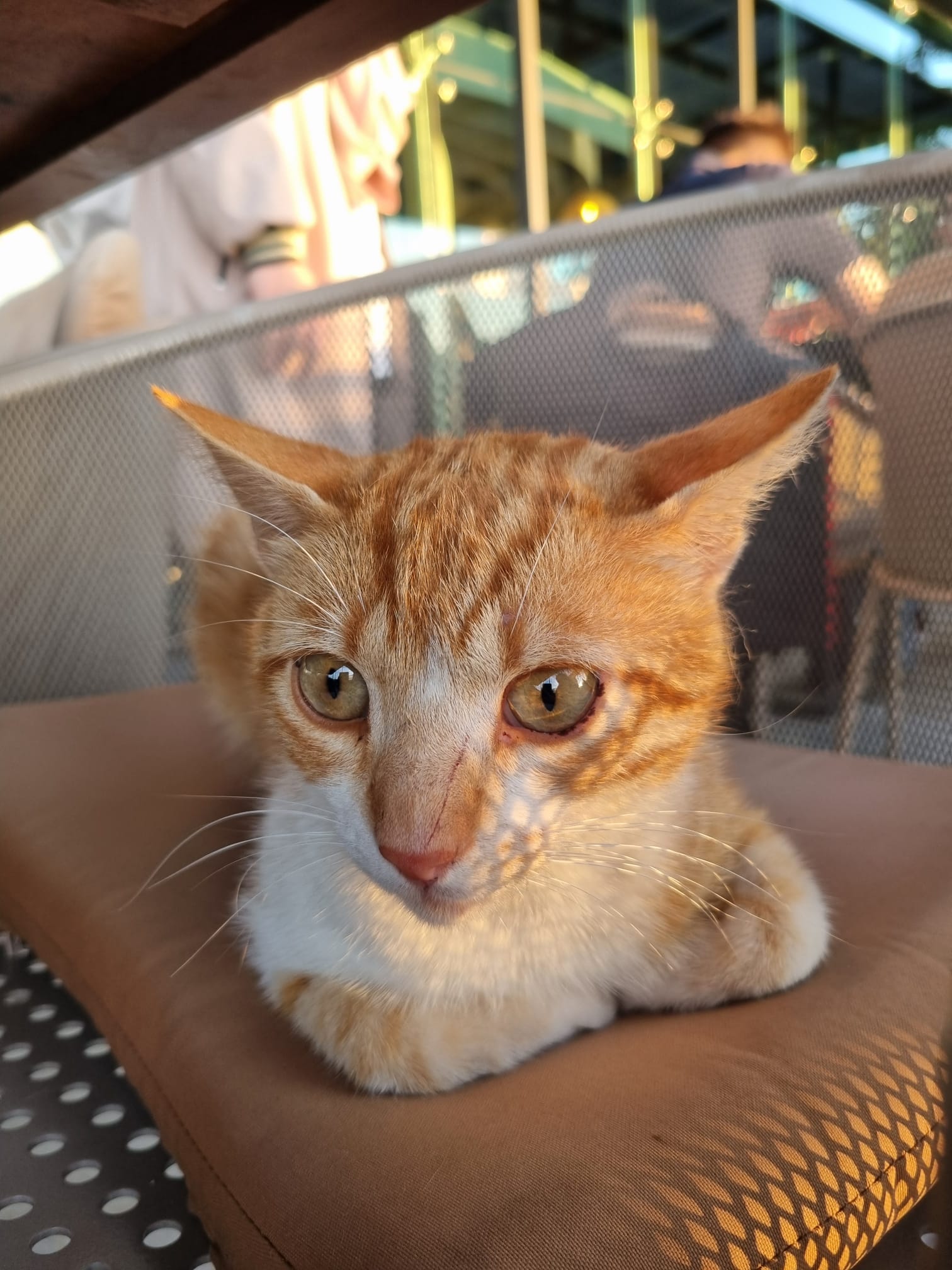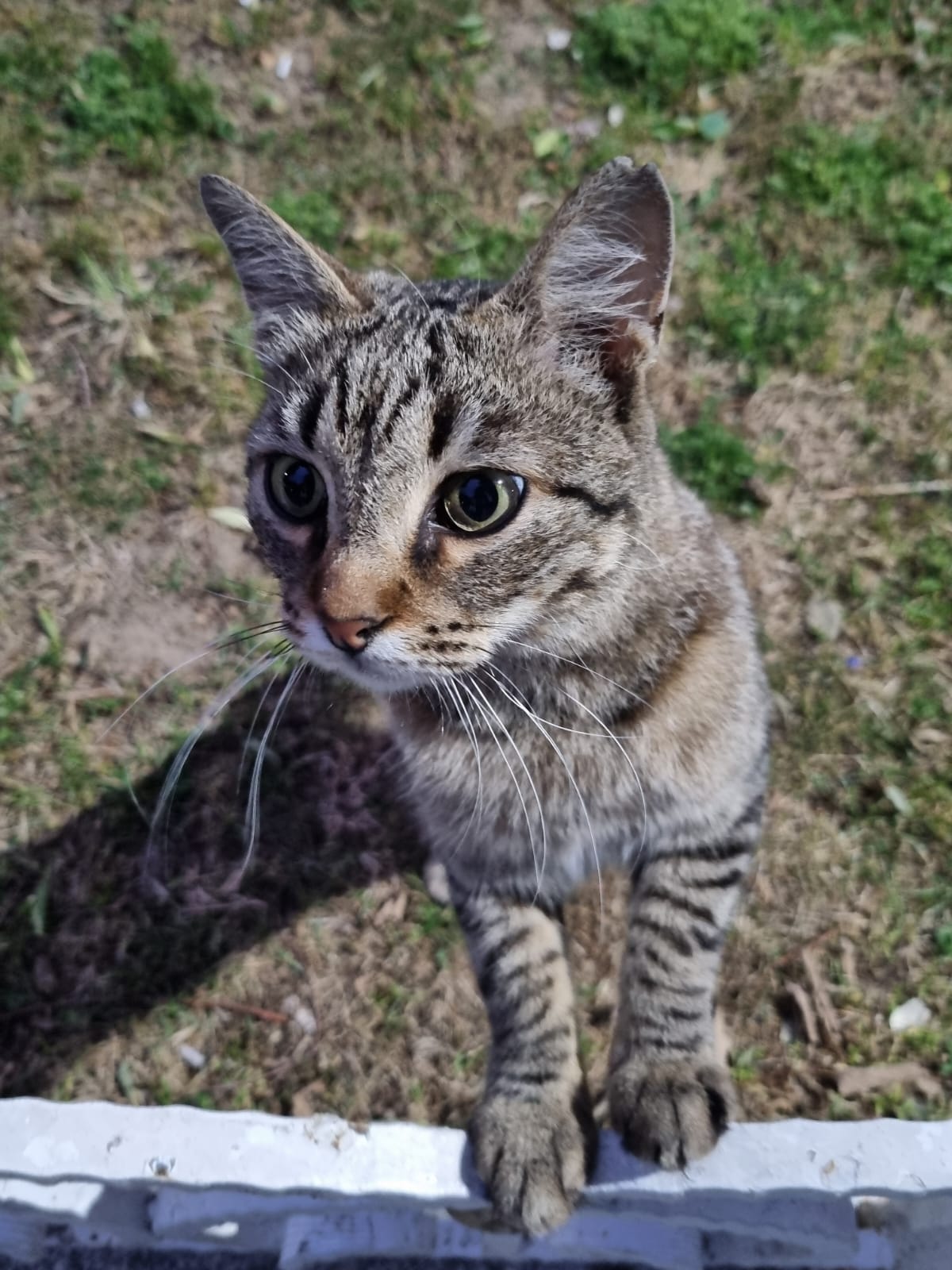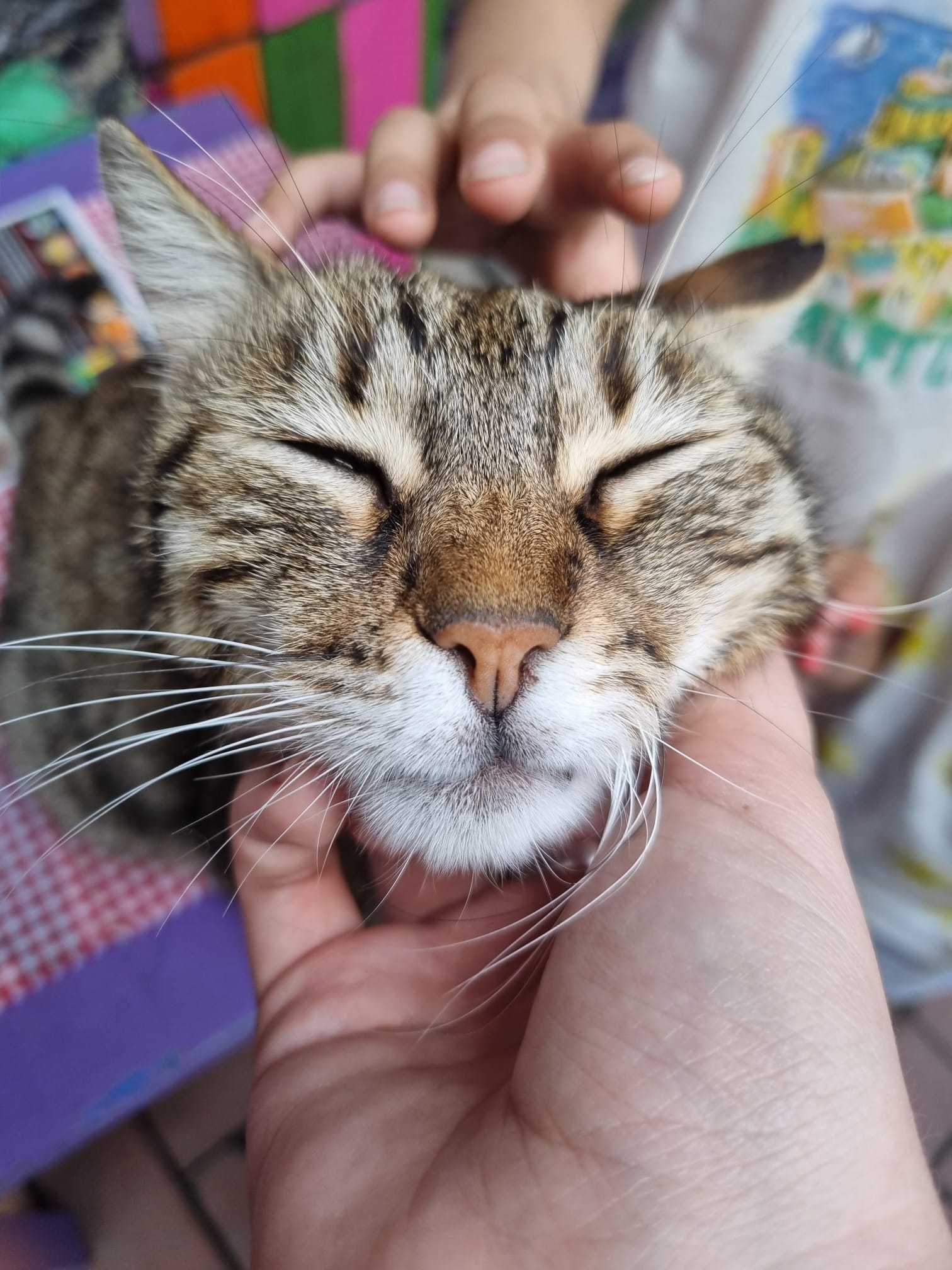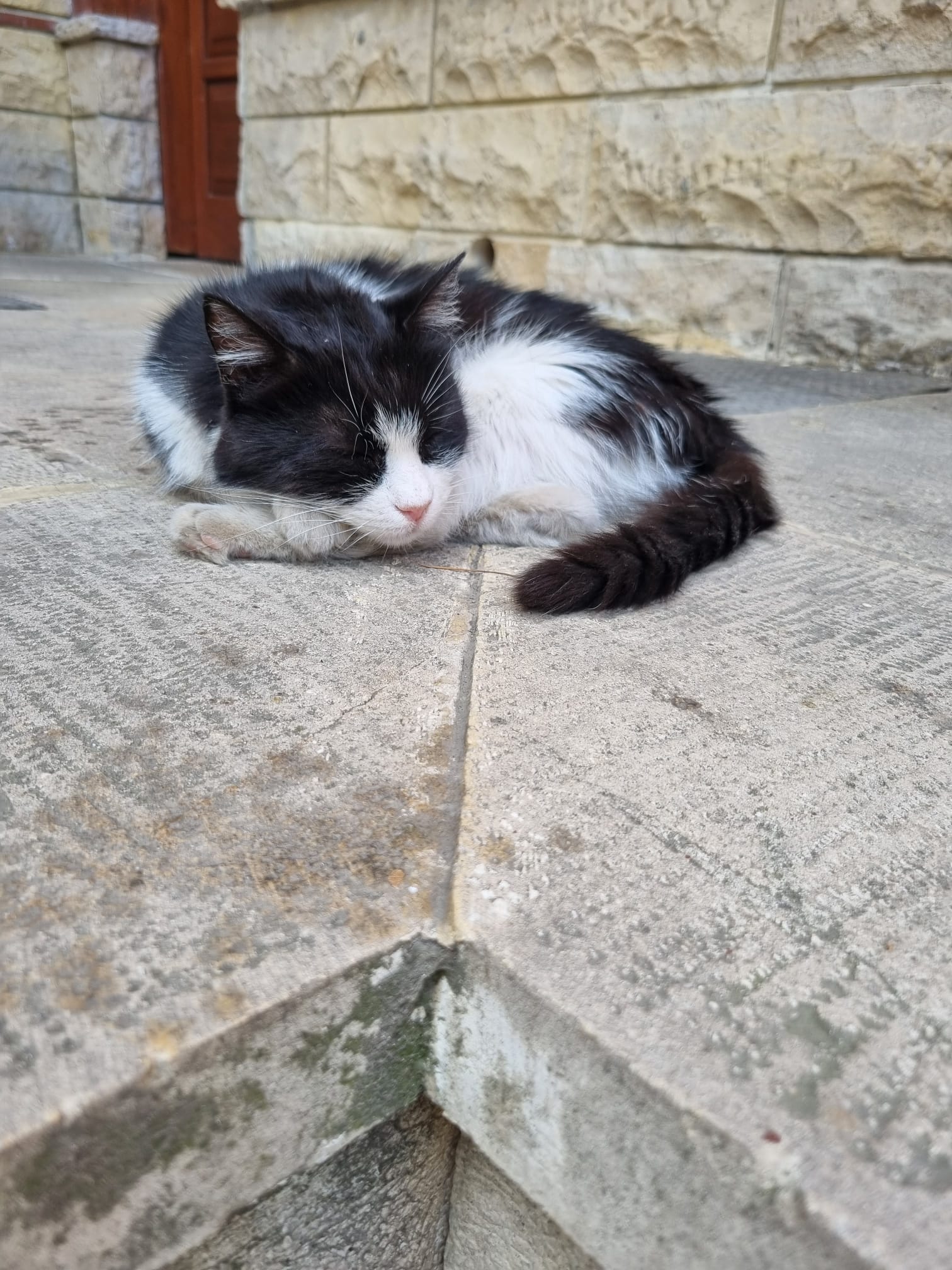Cats of Istanbul – Simionescu Lara-Ioana

While on our journey in Istanbul, we encountered at least 20 stray cats in 3 days. Everywhere we went—near the hotel, in the center, near the Bosfor, and especially next to restaurants—we could pet all kinds of cats.
About 125,000 cats and Istanbul residents live on the city's streets. Furthermore, this figure accounts for stray cats; an average of 200,000 cats are thought to reside in this metropolis when house cats are considered. In this city, cats are renowned for leading pleasant lives.
Cats in Istanbul have a unique position in the city's heart and are believed to have originated in Egypt, where they were first domesticated years ago. Cats were used to guard grain from rodents in Mesopotamia, which is now part of Turkey, since the ancient Egyptians revered them as sacred creatures. Scientists estimate that about 10,000 years ago, cats left Anatolia and spread to the rest of the world.
Cats are among the oldest inhabitants of Istanbul, and while they have seen the rise and fall of empires, it was under the Ottoman Empire that they rose to prominence as the city's real darlings. Although sultans housed large, exotic cats like tigers, leopards, and cheetahs at Topkapı Palace (a house cat's genetic composition is theoretically 95% tiger), charity foundations in the area saw to it that stray animals received proper care. The love of cats in Istanbul was also reflected in a real occupation called mancacı, which translates to "catsitter."
There is a legend about a dangerous snake that approached the Prophet Mohammed too closely and was defeated by a cat. In a different lesson, the prophet finds a cat curled up on his shawl. Rather than wake the animal, the prophet makes a hole in the cloth fashioned like a cat. And there's a proverb that goes, "If you've killed a cat, you need to build a mosque to be forgiven by God.
 |
 |
 |